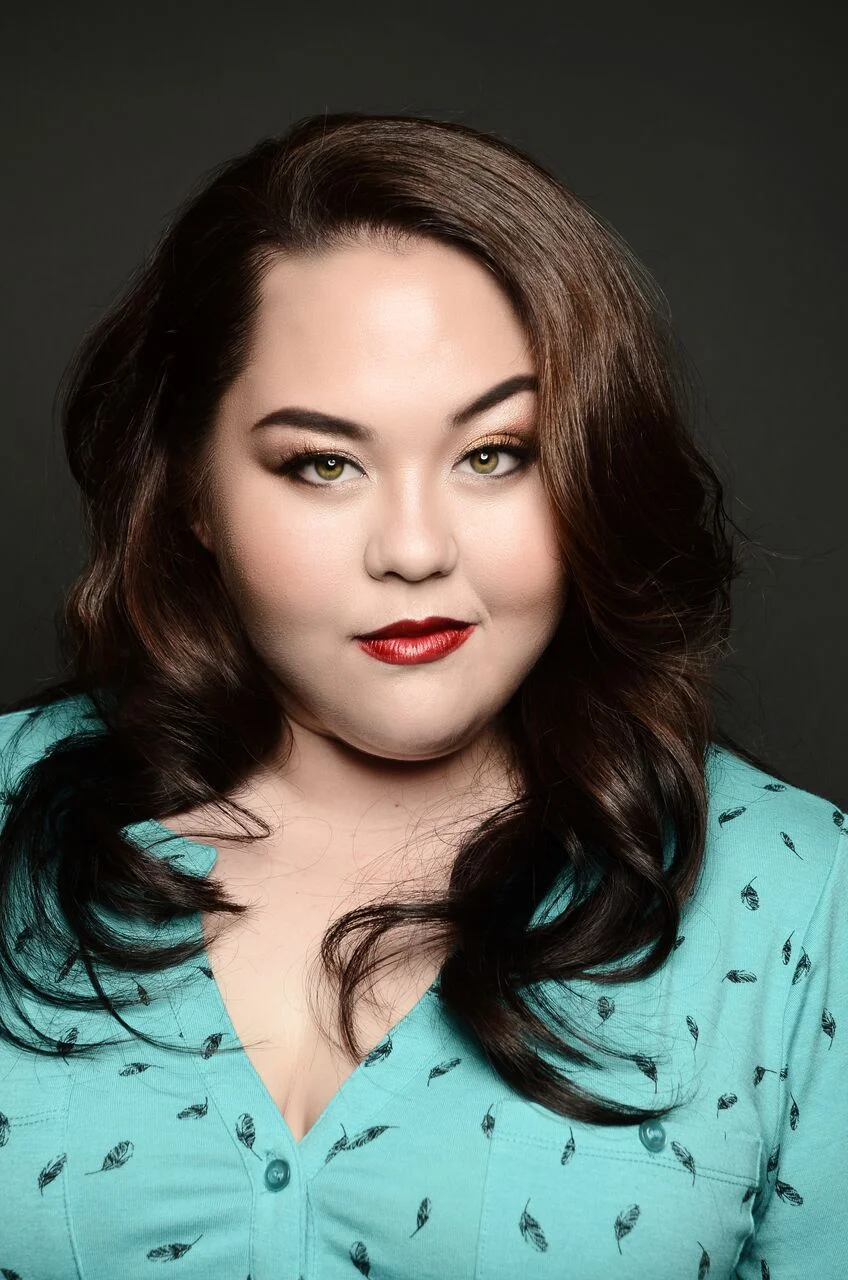Storytelling By Way of a Sharper Focus
Storytelling By Way of a Sharper Focus
By: Lauren Lola
In my life, it has been a given to find myself on both ends of storytelling; both as the one receiving the stories being told and as the storyteller. On the other hand, what hasn’t been instinctive is recognizing that a lot of the stories that I’ve been told, read, seen, or even created on my own did not feature characters that looked like me.
I am an author and playwright raised and based in the heavily diverse San Francisco Bay Area. While I am adept at creating characters of very specific identities, that hasn’t always been the case; especially as someone who grew up in a household where race was rarely ever discussed.
I am Hapa: an American of Filipino, Portuguese, German, and Irish descent, to be precise. While I was made aware of my mixed race identity at a young age, it didn’t play too big of a role growing up. My Filipino heritage, in particular, was largely absent from my upbringing, as a result of a history that can never be unwritten.
Both of my novels, A Moment’s Worth and An Absolute Mind, feature young Hapa college students in prominent or lead roles, and I went out of my way to make their experiences differ from each other. Yvonne Hassett from A Moment’s Worth has a similar experience to mine, where she too hails from a diverse community, but still had to deal with questions regarding her identity as a person of Korean and Irish descent.
In the case of An Absolute Mind, my protagonist Sonya Ogino lives in a time period where to be mixed race is statistically becoming a norm, despite some voiced concerns from others. By setting her story several decades in the future, it allowed space to not only create different circumstances for my mixed-race characters (such as the differences between Sonya and her fellow Hapa roommate Coretta Palmer), but also to consider the approach to both her Japanese and Portuguese backgrounds.
While I came up with the ideas for both novels while in college, there’s no way the characters would appear as they do now had I written them at the beginning of college. Already, it took until junior high school to:
1. Experience the first of however many instances of being asked “What are you?”
2. See characters that looked like me for the first time in both the TV show Avatar: The Last Airbender and the film Whale Rider.
Despite deciding then that it was time to finally get myself informed on all parts of my mixed heritage, it was not at all an easy search; especially with zero in-depth discussion on such subject matter available at all in my high school.
Meanwhile, I kept writing by way of newspaper articles, short stories, essays, and spoken word poetry. Apart from the occasional rehashing of “this is how it feels to be asked ‘What are you?’” and my personal writings in my journals, race remained to be largely unexplored through my words. I don’t put myself down too much for this, for when looking back on that time period, my thoughts about my mixed-race identity were not as well-developed as they could have been.
As an adult, I’m on much more steady ground in terms of my thoughts about being Hapa. Ethnic and media studies classes I took in college definitely shaped my perspective. Participating in my college’s annual Filipino Cultural Night during my third year opened up my eyes about several aspects about my Filipino heritage that I didn’t know about prior.
After college, I’ve gotten involved in various non-profits and platforms whose missions are about enhancing the stories and talents of the Asian American and mixed-race communities, respectively. Through it all, apart from joining in on these needed conversations, as is the case of my novels I mentioned earlier, I’m starting to share stories of my own that, I believe, are both needed and wanted.
As of this year, I’ve begun to spread my wings as a playwright too, as I’ve written one-act plays that have been featured at San Francisco’s Bindlestiff Studio, the sole permanent theatre for Filipino and Filipino American performing arts in the United States. While most of the people involved are Filipino American, I knew that not all of them are, which is why I approach writing my plays with enough flexibility where [the roles] go to anyone who can effectively bring the characters to life.
This approach works in terms of enhancing the characters as well, especially with my most recent one-act play Common Ground, where the Creative Spirit and the Spirit of Death feud over the blame for humanity’s increasing [urge] to destroy one another. The actor who portrayed the Spirit of Death came up with the wonderfully brilliant idea of wearing the traditional Filipino mourning dress when in character. I am so glad she did that. By doing so, not only was she showing her culture, but she was also showing part of mine. It was very special to see that in the final product.
In the future, as a writer, I see the path ahead as an infinite journey of continual self education and enhanced fiction. I want to continue writing Hapa characters in my novels, and eventually get to the point of being able to write about the mixed-race Filipino American experience in my stories with utmost certainty. As a playwright, while I still aim to write characters that will allow for flexibility in casting and, by extension, collaborative creativity, I want to eventually write roles specifically for particular people.
It will always be a given for me to experience being on both ends of storytelling. It’s just that going forward, I approach both positions with a much sharper focus.
Lauren Lola is a writer from the San Francisco Bay Area. She graduated from California State University, East Bay where she earned her B.A. in Communication and a minor in Theatre. She has had writing featured on Hapa Voice, Kollaboration, Entropy Magazine, Multiracial Media, YOMYOMF, VerseWrights, and other outlets and publications. She released her debut novel, A Moment’s Worth, in 2014, and her second novel, An Absolute Mind, in 2016.






By Sam Tanabe
Get hyped about this up and coming Los Angeles-based recording artist Will Jay. Will is confident, cool, and delivers strong, sincere messages through his music.